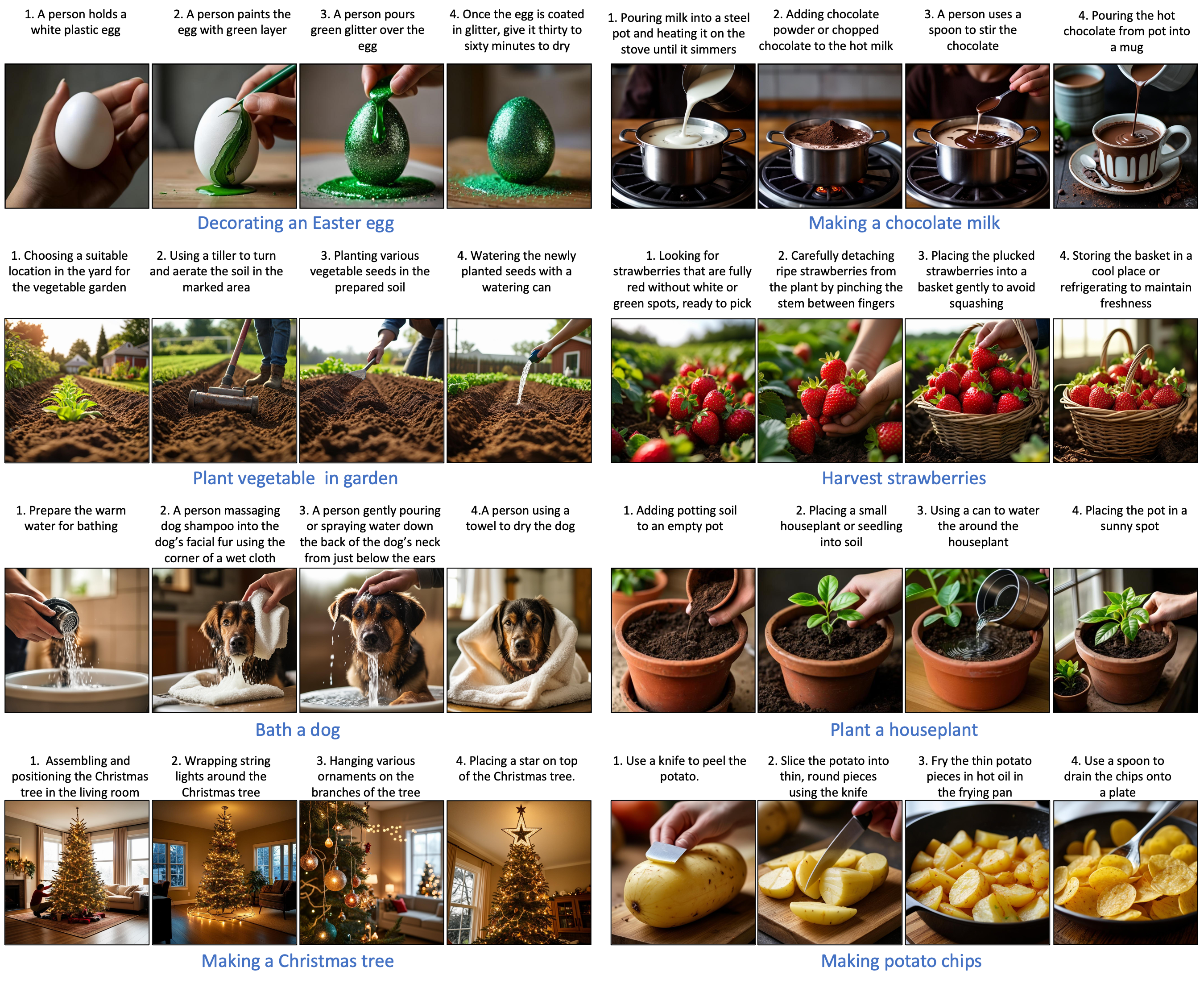Visual instruction generation










Step 1
Step 2
Step 3
Step 4
| 1.0 | 1.0 | 1.0 | 1.0 |
| 1.0 | 1.0 | 1.0 | 1.0 |
| 1.0 | 1.0 | 1.0 | 1.0 |
| 1.0 | 1.0 | 1.0 | 1.0 |








Step 1
Step 2
Step 3
Step 4
Step 1
Step 2
Step 3
Step 4
















Step 1
Step 2
Step 3
Step 4




Step 1
Step 2
Step 3
Step 4